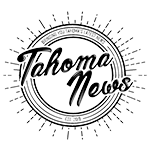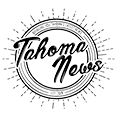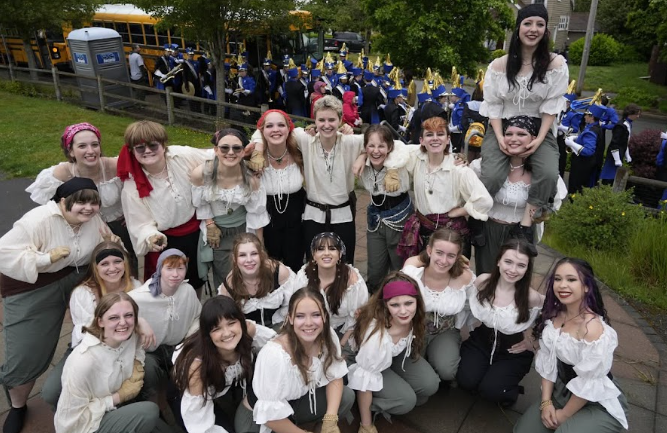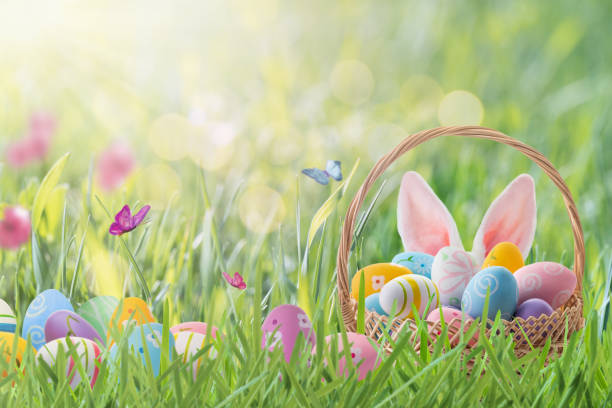Our athletics program has shown nothing but absolute greatness this year. There are so many teams we could talk about until our faces turn blue, for right now though, we are going to look back on the achievements of Tahoma High School’s cheerleading squad who has just come off of a triumphant success: clinching a grand state title, and in addition to this a national championship trophy.
It is truly amazing to see our athletes’ hard work pay off in goals they’ve been working for all year long. To get more insight on this season I reached out to the two coaches of Tahoma cheer who have really turned this program around.
Question: For those that don’t know, there are multiple teams that you can tryout for, but with so much talent coming in every year, how is selection for these teams determined?
Assistant coach Gracie Johnson who is a former cheerleader herself from 2019, breaks it down for us in her explanation. “Tahoma Cheer has a blue team (Junior Varsity), gold team (Varsity), and traditional/comp team (competition). Blue team cheers at JV football games, Varsity basketball games, and competes a game day routine in state. Gold team cheers at Varsity football and basketball games and competes a game day routine in state and nationally. Traditional team is made up of Varsity athletes and they compete a traditional competition routine both in state and nationally. In the beginning of the season, we hold tryouts. JV and Varsity teams are determined based on the athletes tryout scores. In the summer, we choose a select number of athletes from Varsity to be on our traditional competition team. There are a number of different roles to fulfill on the competition team (secondary bases, main bases, backspots, top girls, and tumblers). The selection process is never easy and is based off of athletes performance throughout the beginning of the season (among many other things such as attendance and bandwidth to be able to double practice days and commitment times).”
In order to always stay on top for competition time, there are certain training regimes. In this aspect of cheer, head coach Kristine Munson explains what practice is like. “After April tryouts, we begin practice in May, three days a week for about three hours a day. We have a couple weeks off in the summer for vacations, but will practice from mid-July all through the summer. The team runs a mile once every week, and works out with a personal trainer three days a week for the majority of the summer and school year. August is full of camps and choreography sessions in addition to strength training. Come September, depending on what competition team you are selected for, you could be practicing four days a week, three hours per day, and cheering for a game the 5th day. Our regular season ends after basketball playoffs, but a cheerleader’s school spirit commitments continue throughout the school year.”
Question: It is important to keep those repetitions for a great performance, but don’t forget you are also staying in the happiest place in the world so while off training did you all do any sightseeing, rides or functions?
Johnson states that, “when the team travels to Nationals in Orlando, they have a jam packed schedule. The schedule typically includes multiple practices every day, even on the days they compete. These practices are held at the competition venue, the hotel, and off site practice facilities. Outside of practices and competition times, the team also has team dinners, meetings, and study time. After we are done competing for the weekend, they get to have some fun. This year we went to multiple theme parks including Epcot, Magic Kingdom, Animal Kingdom, and Hollywood Studios. They also got to walk around Disney Springs and go to the pool.”
Question: When see our these ladies either in sideline or competition, they always seem have a close knit bond, providing support for one another, for a squad with so many athletes how do you build this certain bond?
In Munson’s words, “from the moment the team is selected, we work hard to build a strong foundation of family amongst our athletes. Cheer is unique in that it requires a significant amount of trust in your teammates to keep each other safe while performing difficult and often dangerous stunts. The team trains year round, and during school months, often spends more time with each other than their own families. Although we do many team bonding activities throughout the season, and go away to a four day camp together in the summer, it is the daily grind of both struggles and achievements that builds camaraderie and bonds them most.”
Since 2020 their program has also faced a lot of hardships, from coming back from Covid-19 restrictions to a sudden departure of their former coaches, to establishing new leadership, but altogether showing us that everyone has their own strengths and weaknesses, nevertheless we shouldn’t tear each other down, instead build each other up, it’s like the famous mantra, “teamwork makes the dreamwork.”














Payton Ebe • Mar 8, 2024 at 11:39 am
I agree, the cheer teams work really hard to do well and don’t get enough recognition for it